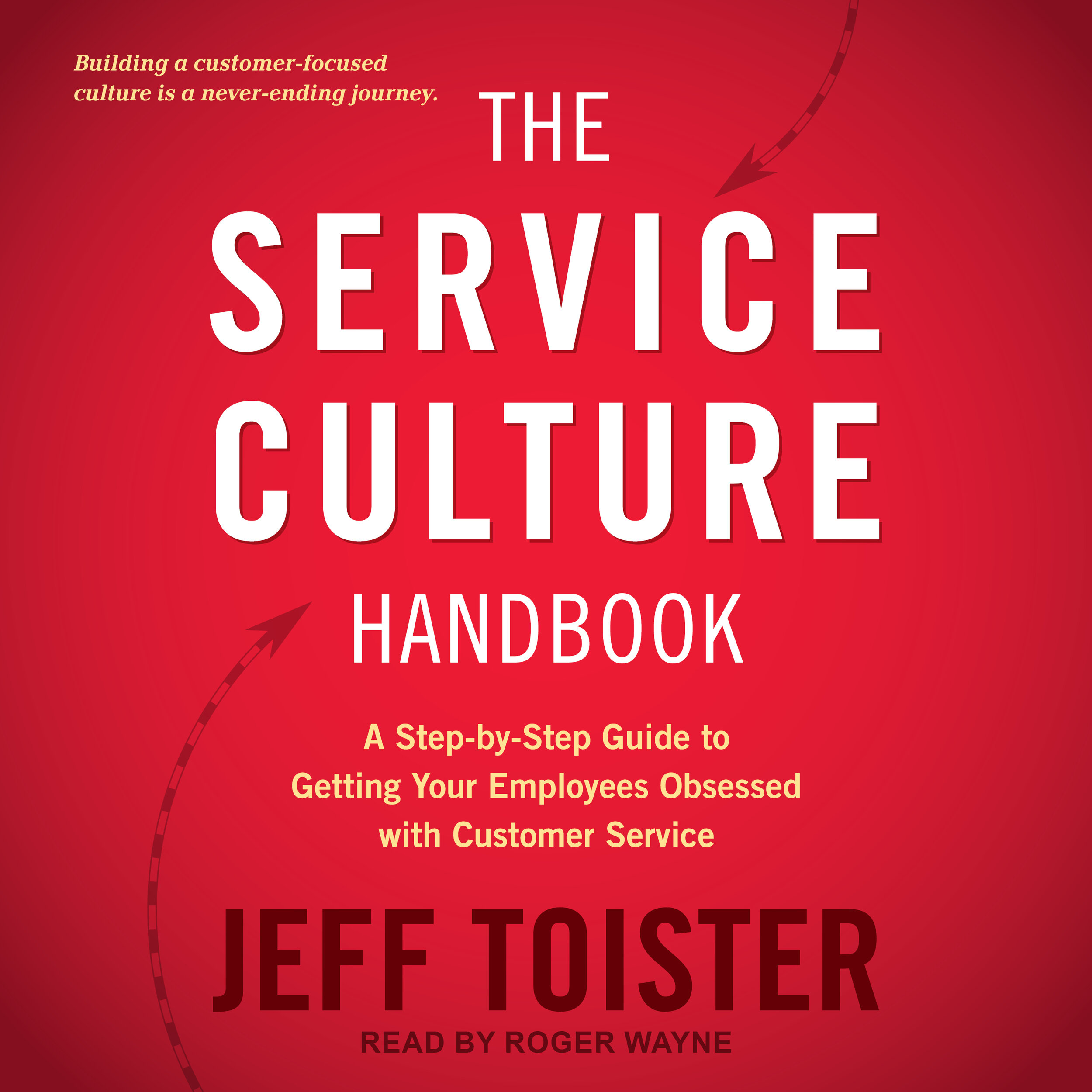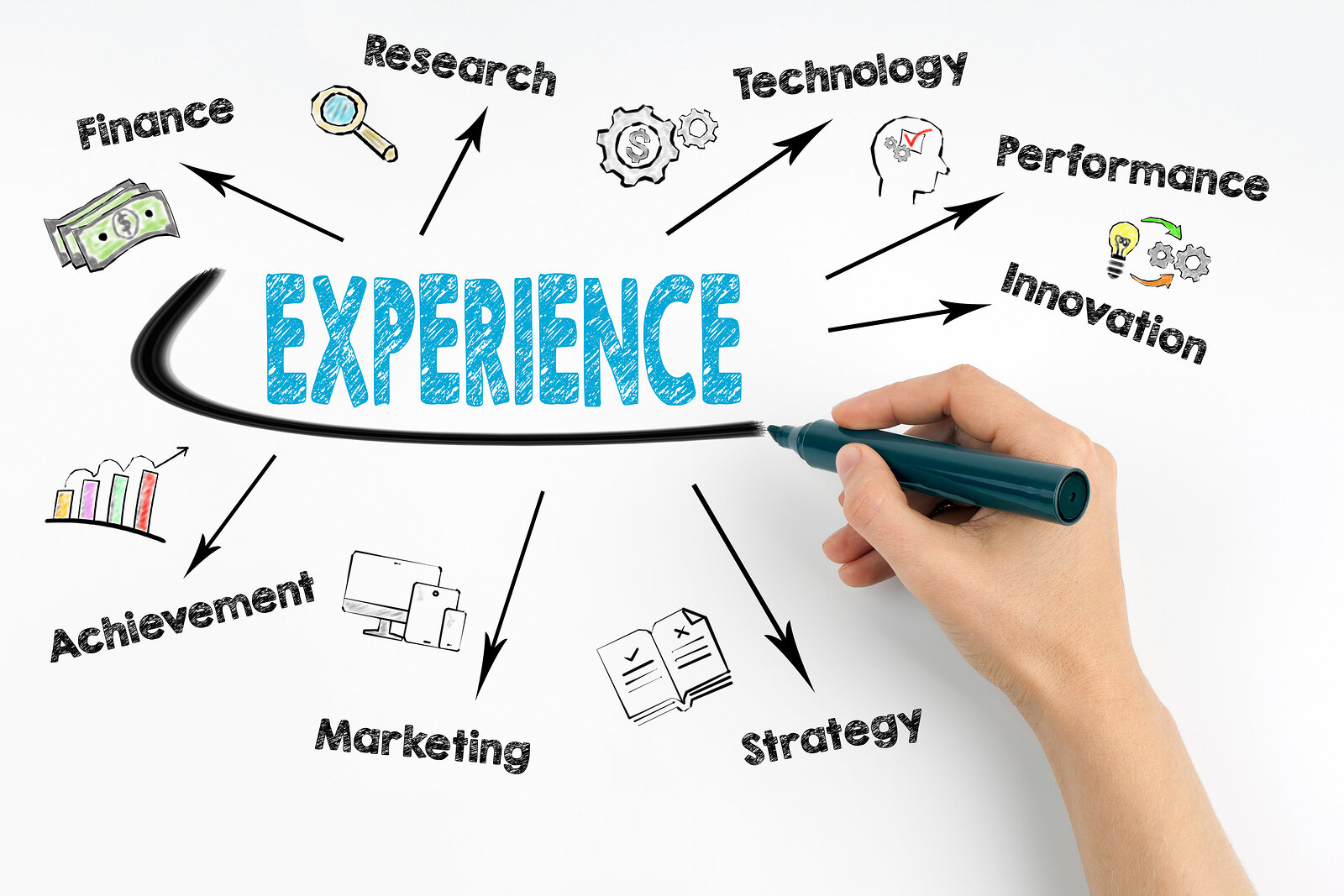Advertising disclosure: This blog participates in the Amazon Services LLC Associates Program, an affiliate advertising program designed to provide a means to earn fees by linking to Amazon.com and affiliated sites.
Your customers are facing unprecedented hardships. A lot of companies are making it worse.
One study by Tethr analyzed over 1 million customer service calls from March 11 to March 26, 2020. Hold times increased by 34 percent, escalations rose a whopping 68 percent, and customers reported it was twice as hard as before to get their issues resolved.
There is one bright spot.
Some customer-focused companies are offering proactive service. They are giving customers a break without making people do anything to get it.
Great examples of proactive service
A lot of companies are making customer-friendly exceptions to policies. They are extending payment deadlines, waiving cancellation fees, and giving customers more time to make a return.
But a few companies are giving customers something without requiring customers to do any work.
State Farm launched a Good Neighbor Relief Program to give its auto insurance customers a statement credit of up to 25 percent. Claims have gone down as people are driving less, so the company decided to return some of that windfall to customers. The best part is customers don't need to apply for the credit—it will automatically be added to statements.
Verizon gave its wireless customers an extra 15 gigabytes of data from March 25 to April 30. There were no forms to fill out or calls to make. Many customers simply received a text alert letting them know they had extra data.
Customers will remember proactive companies like State Farm and Verizon.
It’s not just the relief they provided, but how the relief came automatically at a time when other companies are making customers jump through hoops just to get basic service.
You don't have to give your customers something to be proactive.
Try reaching out to clients and colleagues, just to check on their well-being and see if they need any help. You might be surprised at what you learn.
I've discovered many people are struggling to move meetings, training sessions, and other events online. So I've done mini Zoom lessons at no charge for some clients and created a resource page describing the audio, video, and lighting tools I use.
Why proactive service is memorable
People tend to remember experiences and events that are the most unusual. So offering customers proactive relief during a time of stress can really stand out.
Think of it from the perspective of an auto insurance customer.
During normal times, a 25 percent statement credit would be a really nice surprise. But 25 percent statement credit can feel like a miracle in a period when you are worried about being able to pay your bills!
Customers will remember which companies caused them extra stress, and which companies eased their burden.
I travel a lot as a keynote speaker. That means I've had to cancel countless airline and hotel reservations over the past few weeks.
One hotel made it nearly impossible to cancel a reservation. I had to hunt around its website and when I finally found the right place, it didn't work. The company never responded to my email, so I ultimately had to waste time and call.
Another hotel, the AC Hotel in Portland, Oregon, was much more proactive.
I received an email from a hotel employee explaining the hotel was temporarily closed. The employee offered to transfer my reservation to a nearby property that was open or cancel the reservation if my travel plans had changed. All I had to do was reply to the email.
Guess which hotel I'll go back to, and which one I won't?
Take Action
Think about what you can do to proactively give your customers relief.
I don't mean a sale or special promotion. What can you do to provide your customers with meaningful assistance right now?
I've talked to several leaders who are using The Service Culture Handbook as a guide to transform their organizations and become even more customer-focused.
The book provides a framework for creating the type of mindset that leads to proactive service:
Creating a compelling customer service vision.
Engaging employees around the vision.
Empowering employees to provide proactive service.













